What’s better than coming back home and winding down in your beautiful garden? Both hard and soft landscape works make your garden a relaxing and calm place.
The softscape in your garden is the living material that adds character and texture to the non-living hardscape.
It includes trees, hedges, grass, flowers, plants and shrubs.
Whereas the hardscape includes the concrete, stones or bricks that make up the flower beds, paving, walkways and driveways.
A well-designed landscape will have both of these elements fit together.
This article discusses the soft landscape works and how you can design it to make a beautiful garden.
Keep reading to know more!
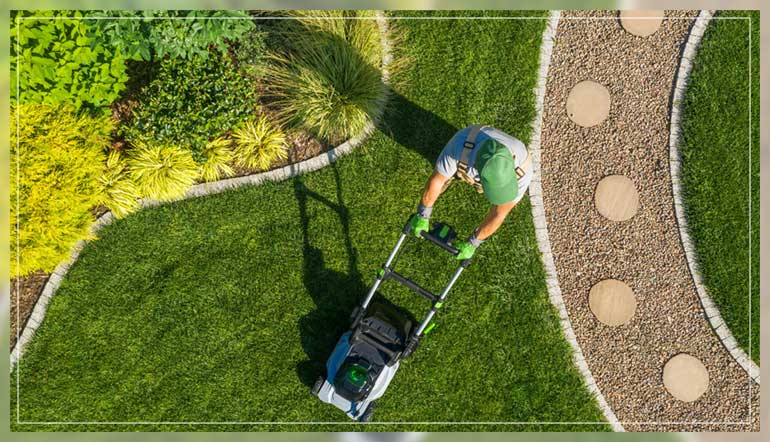
What are Soft Landscape Works?
Simply put softscape or soft landscaping refers to all types of plants.
These are the decorative additions to your outdoor space that adds greenery and liveliness to the land.
The plants can refer to all forms of trees, flowers, turfs, hedges, shrubs and ground cover.
Basically, all living horticulture elements present in a landscape design are the soft scape components.
As a result, soft landscaping refers to the process that incorporates landscape elements and natural materials that do not need construction.
Here this can mean the mulch, soil and plants that are all living and do not need additional construction.
While it contrasts with hard landscape, they also go hand in hand. More on that later.
First, let’s find out the purpose of soft landscaping.
Purpose
A landscape is an area whose character emerges through the action and interaction of human or natural factors.
The specific purpose of soft landscape is to soften and add texture to the landscape.
Without that, the landscape will be barren and dry.
It enhances the structure of an outdoor area by bringing all the separate elements relevant to an outdoor space.
The balance between a hard landscape and a soft one guides the eye through the landscape.
Moreover, it directs traffic across an area by foot or a vehicle.
Most importantly it adds structure, character and texture to your garden giving it a life of its own.
So what makes these two different and how can they come together to build a lively garden?
Time to dig deeper!
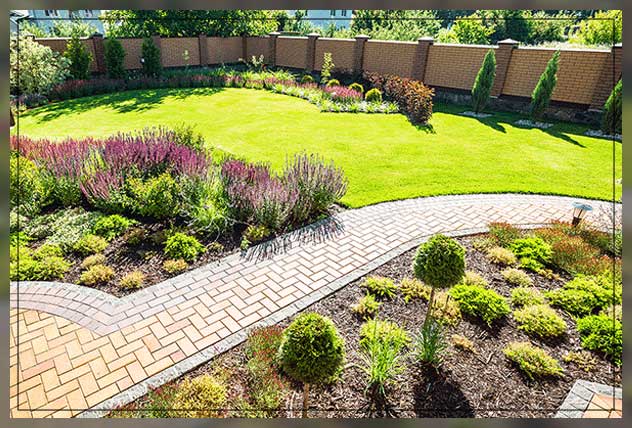
Hard Landscape and Soft Landscape Works
While these two are on different ends, acting as complete opposites, they complement each other to make a functional landscape.
Hardscape is the non-living hard material in landscape architecture.
This is the structure that holds and adds definition to the soft landscape.
Thus, this involves bricks, stones and concrete.
What you make from these hardscape elements are also part of the hard landscape such as a flower bed.
On the other hand, softscape involves living and growing material.
These are the perennial flowers, trees, shrubs, hedges, succulents and much more.
See, one way of using the two together is how a garden uses sleepers to make a flower bed i.e. hardscape but the soil and flowers inside it are the softscape.
Therefore, for your area to take a full form, it will include both hardscape and softscape elements.
It will take its best form when there is a balance between the two elements not overdoing one over the other.
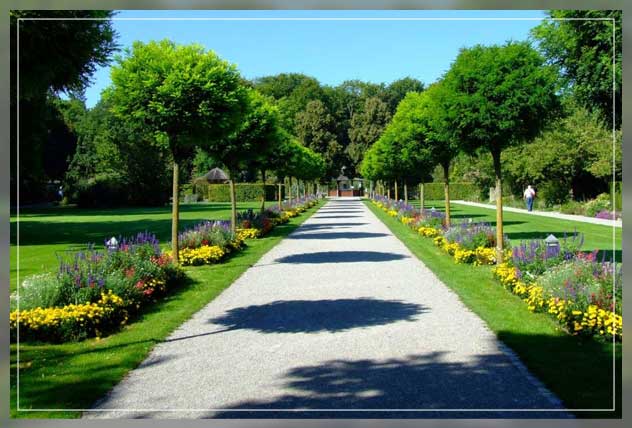
Excess of Softscape
If you have a lot of natural and green elements in your garden, it may as well look too crowded.
Moderation is key.
You do not need your outdoor space to look like a jungle.
It is good to have a vegetable garden or a herb garden alongside the succulents and fruit trees but if there is no path to separate them and all of it is together without any definition or structure, you have gone overboard.
Excess of Hardscape
A hardscape overload does not look appealing either.
A circular paved driveway can go overboard.
All you need is a stone retaining wall, a valet, lighting posts and moderate use of rocks and gravel.
Excess of these will no longer make it a relaxing space.
Hence, use both elements in moderation in your space.

Designing Soft Landscape Works
The material that makes a soft landscape such as plants and grass evolve over time.
Seasonal components, climate and environmental conditions and the growth of the plants are things to factor in while choosing the horticulture elements for your landscape.
These can affect the life expectancy of the elements introduced in the garden.
Everyone wants a vibrant and fresh garden however, how will you maintain that throughout the year?
Smart planning can effectively use both hardscape and softscape elements to bring the garden to life.
While deploying the softscape do not forget the vertical space.
That can be for hanging plants on fences or walls, shrubs and trees.
Deploying the container gardens or raised planters enhances the space and directs the eye upwards.
Therefore, soft landscape design can include grassy textures and natural shapes enhanced by bright plants.
Or it could also incorporate artificially formal and structured designs.
While you are economizing on space, place slightly curved pavers around the corner that give the illusion of a bigger space in the yard.
Thus, in order to create a soft landscape, you will have to incorporate the hard landscape wisely as well.
For instance, a low retaining wall can also hold a planter of herbs and work as extra seating space.
Plus, you can deploy low-growing ground covers that act as softscape in between the retaining walls and pavers.
Remember that those ground covers should be able to tolerate foot traffic.
Hence, mixing both hardscape and softscape makes for a balanced and aesthetic garden.
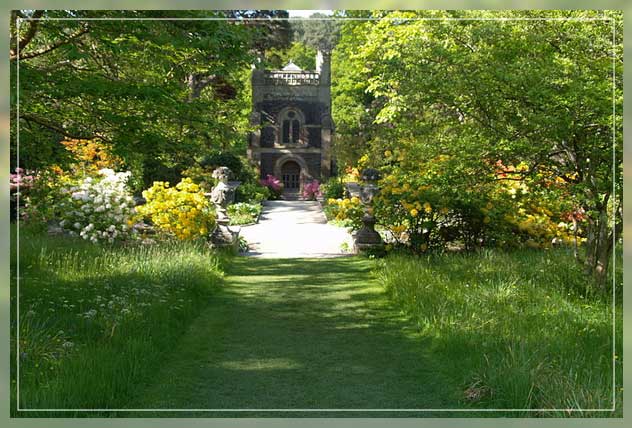
Maintenance of Elements
Since soft landscaping includes living elements, you will need to regularly maintain them in good condition.
These elements are generally sensitive to environmental and climatic conditions.
Hardscape will not require as much maintenance as softscape and the look of your yard will eventually depend on the liveliness of the softscape.
You can use landscaping services through Al Ardh Alkhadra to set up your yard and maintain the soft landscape routinely.
You can also incorporate some low-maintenance and low-cost elements in your garden so that keeping it in good condition is less of a hassle.
For that you can go for:
- Deploy plants that do not require as much care. This includes planting trees, hedges and shrubs. Deploying dense plants will reduce the need for weeding.
- Plant trees and the perennial shrubs that reappear year after year and require less maintenance.
- Mulch the plants usually but turn the soil only infrequently
- If your area receives less rainfall on a yearly basis, your best bet is to go for drought resistant plants that are also flood resistant.
- To keep your garden looking fresh and not barren throughout the year, choose plants that bloom at different times and seasons of the year.
- You can use already established borders and beds for soft landscaping plus add black edging while installing these.
- Do not go for plantings that will require high levels of labor.
- Integrate your soft landscape seamlessly with the hard landscape. This blend makes for an overall coherent space in nature.
If your area is badly affected by drought then you can rejuvenate your space by incorporating more hard landscaping elements.
For instance, you can replace the dead and dried grass with gravel, concrete, decomposed granite or pavers.
Coming to soft landscaping, make beds of drought-resistant plants with similar less water needs.
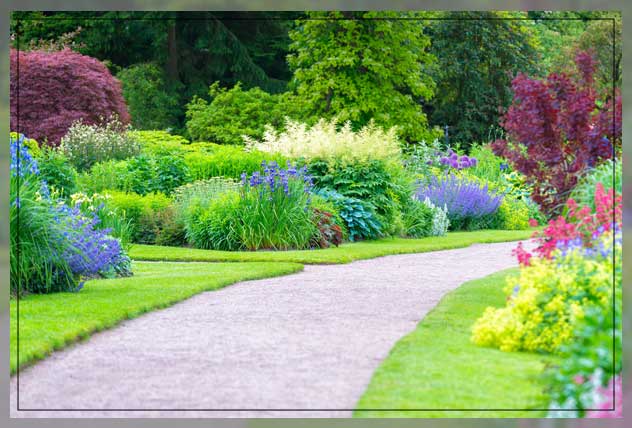
Elements in Landscaping
Hardscape and softscape have different elements.
A hardscape refers to hard but moving parts such as gravel, stones or paving in the landscape.
These are solid, intimate and unchanging objects, basically non-loving stuff.
Though they can still be natural for instance stone is a natural inanimate object.
And also manmade such as a planter.
Other hardscpae elements include pavers, patios, water features, driveways, retaining walls, outdoor kitchens and decks.
Hardscape may not always be a good option for your garden.
For instance, pavement prevents water from getting soaked in soil.
This in return increases the runoff carrying along contaminants in the stream.
In order to let the water soak into the soil, the porous material is a better option.
Though hardscaping can also help in keeping the ground intact and reducing erosion.
When it comes to softscape, the elements are the natural, living and growing plants.
One easy way to remember them is how these are living things that are soft to touch rather than hard.
The soft horticultural elements include trees, shrubs, ground covers and flowers.
You have a variety of colors, shapes, textures and sizes to choose from.
However, they will change and grow constantly alongside evolving and adapting to the environmental changes.
Therefore, while selecting, consider planting flowers that bloom in different seasons whether it is fall, summer or spring.
Often confused shrub is not a hardscape but a softscape.
Similarly, a brick wall is a hardscape instead.
Finally,
If you are looking for installing soft landscape works to liven up your garden, reach us at Al Ardh Alkhadra.
From installment, deploying plants, maintenance and hard landscaping, our experts at Al Ardh Alkhadra can take care of your garden’s entire landscape.
Is caring for your garden getting a little too much? Contact us and let our experts take over.
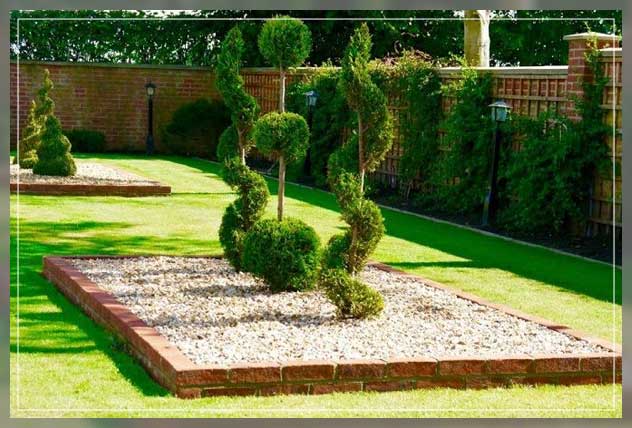





Leave a Reply